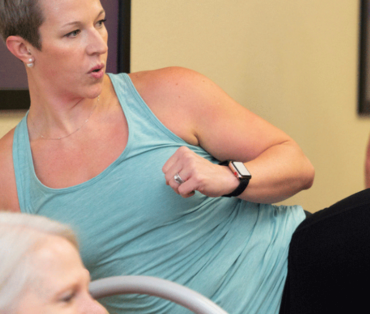
Today, we know that both strength and cardio components of a full-body workout are important, which is where high-intensity interval training (HIIT) comes in.
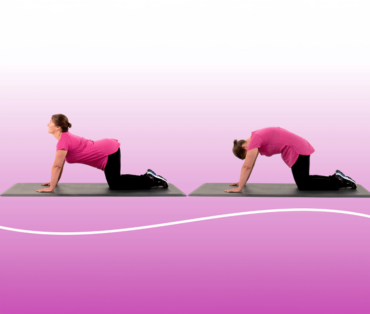
We exercise for several reasons. Most of us want to get healthier, lose or maintain weight, and become stronger and more toned. Another reason we work out is for mobility, so we can go through our daily lives with optimal range of motion.
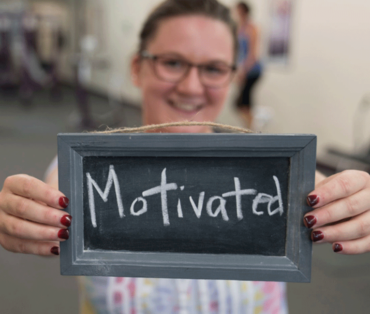
You know why you engage in a workout program—you want to get healthier and stronger and (possibly) lose weight. But despite your best intentions and end goals, sometimes it’s downright difficult to get yourself to the gym to do your workout routine.
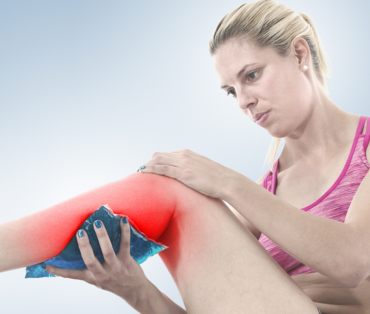
The day after a tough workout, your muscles talk to you. They may tell you they are annoyed by being stiff and sore, but they are also thanking you and reminding you they got a good workout.

They don’t call it “the change of life” for nothing. In the years leading up to menopause, lots of things shift. Women experience lower energy levels, weight gain, mood swings, depression, stress, anxiety, and yes, lower libido.
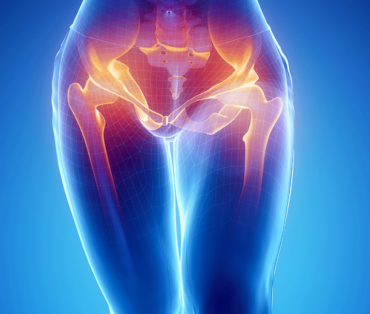
There are certain body parts you think about a lot, like your hands, feet, and knees. Other parts fly under the radar but are equally important; for example, your hip flexors.
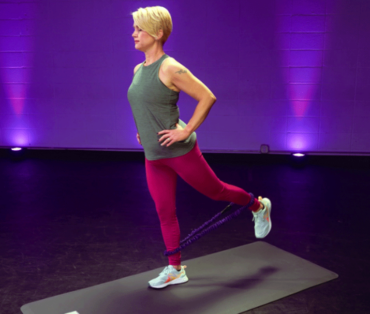
To get through a tough workout, it helps to have a partner who pushes you to work harder and offers support at the same time. Although they aren’t much for conversation, resistance bands do much of the same thing. When it comes to maximising your full body workout, resistance bands—elastic bands used for strength training—are one of the best tools you can use.
This website uses cookies to enhance user experience and to analyze performance and traffic on our website. We also share information about your use of our site with our social media, advertising, and analytics partners. By using this site, you agree to our Privacy Policy and our Terms & Conditions.